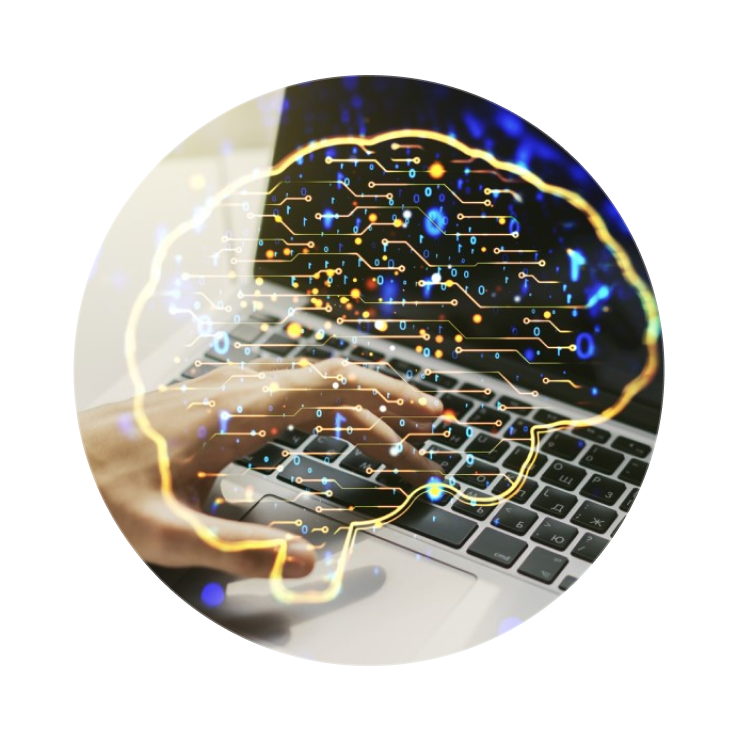In the age of AI and data-driven decisions, machine learning has become one of the most important technologies shaping our world. From self-driving cars to personalized recommendations on Netflix and Amazon, machine learning is behind many of the tools we use every day. But what exactly is a machine learning algorithm, and how does it work?
In this blog, we’ll break down the concept in simple terms, explore different types of machine learning algorithms, and understand their real-world applications.
What Is a Machine Learning Algorithm?
A machine learning algorithm is a set of rules or instructions that a computer follows to learn patterns from data and make decisions or predictions without being explicitly programmed for each task.
Unlike traditional programming, where developers write detailed code for every scenario, machine learning allows systems to learn from experience. The algorithm processes data, finds patterns, and adjusts its approach to improve over time.
How Does It Work?
The basic process looks like this:
-
Input Data: You feed the algorithm data (e.g., photos, numbers, text).
-
Training: The algorithm analyzes the data and identifies patterns.
-
Model Creation: It creates a model based on these patterns.
-
Prediction or Decision: The model is then used to make predictions or decisions on new, unseen data.
-
Feedback Loop: Some algorithms improve continuously as more data is added.
Types of Machine Learning Algorithms
There are three main types of machine learning:
1. Supervised Learning
-
What it is: The algorithm learns from labeled data (where the correct answer is already known).
-
Example: Predicting house prices based on features like location, size, and age.
-
Popular algorithms: Linear Regression, Decision Trees, Support Vector Machines (SVM), Random Forest.
2. Unsupervised Learning
-
What it is: The algorithm finds hidden patterns in data without labels.
-
Example: Grouping customers based on purchasing behavior (clustering).
-
Popular algorithms: K-Means Clustering, Hierarchical Clustering, PCA (Principal Component Analysis).
3. Reinforcement Learning
-
What it is: The algorithm learns by interacting with an environment and receiving feedback (rewards or penalties).
-
Example: Teaching a robot to walk or play a video game.
-
Popular algorithms: Q-Learning, Deep Q Networks (DQN), Policy Gradient methods.
Real-World Applications
Machine learning algorithms are used in a wide range of fields, including:
-
Healthcare: Diagnosing diseases from medical scans.
-
Finance: Detecting fraudulent transactions.
-
Retail: Recommending products to customers.
-
Transportation: Optimizing delivery routes.
-
Entertainment: Personalizing content on streaming platforms.
Final Thoughts
A machine learning algorithm is the brain behind artificial intelligence applications. It allows machines to learn from data, adapt, and make intelligent decisions. As technology evolves, machine learning is becoming more powerful, opening up endless possibilities across every industry.
Whether you’re a student, tech enthusiast, or professional, understanding machine learning algorithms is a key step toward unlocking the future of innovation.

